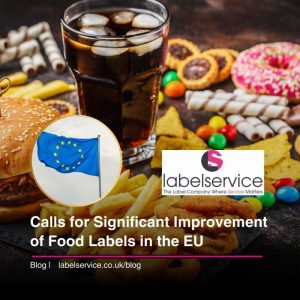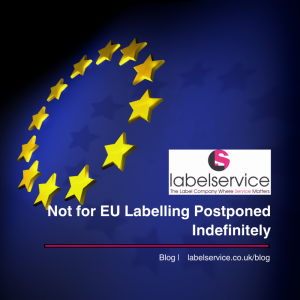For those who have been following recent developments in the labelling industry, it should come as no surprise that the EU is now instituting a variety of new policy changes designed to reform allergen disclosure statements on the labels of numerous food-related products.
While, at first glance, this may not seem to be that large of a change, it’s important to remember exactly how many manufacturers will be affected by these modifications and the expenses that will be incurred both in the increased material costs of printing as well as the expenditures associated with re-calibrating the system already in place designed specifically to print the original labelling.
That being said, one definite advantage of these new labels is the awareness that will be gained amongst consumers, particularly those who have had to carefully watch their diets in order to avoid accidental consumption of a product that could, in severe cases, prove to be life threatening.
Although the majority of individuals who are susceptible to food allergies are not threatened on such a level by these products, they will also be able to benefit from the additional peace of mind that these labels will offer.
Critics of these new policies argue that the effort to accurately label every component of a product is part of a larger trends towards grossly exaggerated accountability on the part of the manufacturer. If trends such as these were to continue, some argue, it would be virtually impossible for food manufacturers to afford the extensive printing and research costs associated with pinpointing all components of a particular food. It’s no secret that labelling has already become somewhat dubious, particularly in the real of catch phrases and buzzwords such as “organic” and “natural” which seem to imply a level of “purity” in food that may or may not actually be present.
The EU is not alone in their quest to “accurately” label food products. Similar moves have recently been undertaken in the US, with First Lady Michelle Obama leading a movement for a complete overhaul of the US food labelling system, which, according to her, does not allow for easy comprehension.
Where these policies will ultimately lead the food industry remains to be seen. That being said, it stands to reason that, once a trend such as this is set in motion, we are likely to see increased investment in labelling for years to come, a move that will undoubtedly prove to be satisfying for some and disagreeable for others.
















